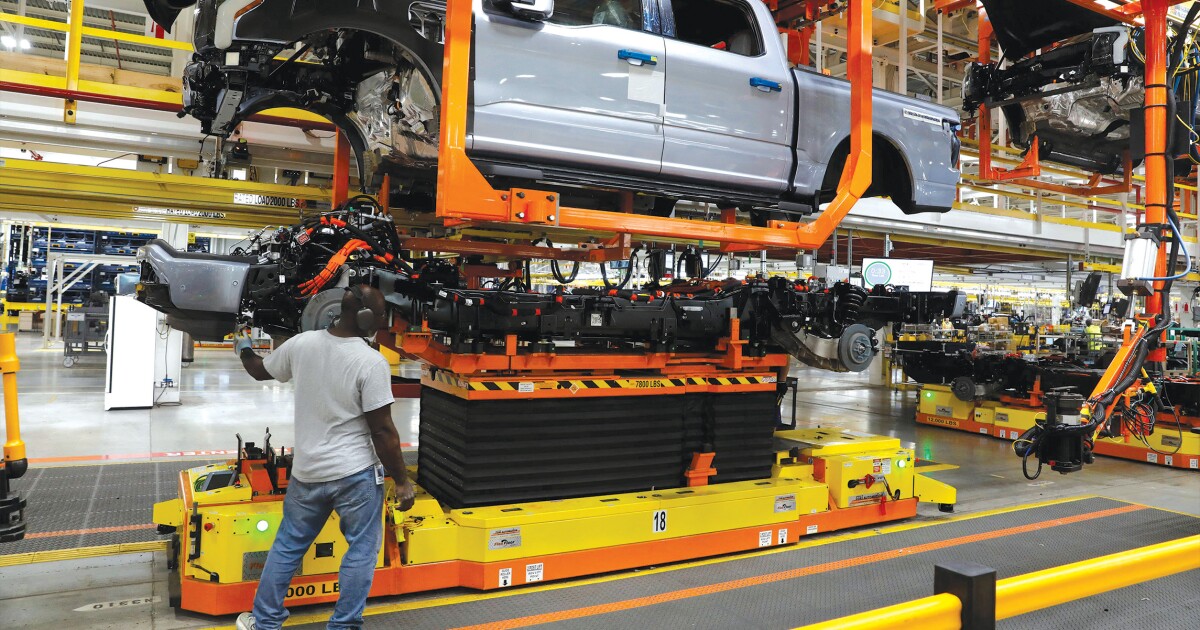

The future of driving is electric — or so we’re told.
The Biden administration has pumped billions of dollars in subsidies into electric vehicle production over the past two years in the hopes that consumers will agree to help them phase out gas-powered vehicles. But the demand just isn’t there. Toyota’s executive vice president of sales Jack Holler tried to warn the government as much this past August, telling the Automotive Press Association that battery-electric vehicles are too expensive and impractical for the vast majority of consumers.
“For as much as people want to talk about EVs, the marketplace isn’t mature enough and ready enough … at the level we would need to have mass movement,” he said. “The consumer isn’t demanding (EVs) at that level. The consumer is not screaming, ‘30% or 40% by tomorrow.’”
It’s not difficult to understand why. Electric vehicles are much more expensive than most gas-powered vehicles, with an average price tag of $66,000. Plus, they’re unsuitable for trips lasting longer than a few hours, as several drivers have discovered recently.
One such driver, Alan O’Hashi, shared his experience taking his electric Nissan Leaf on a road trip across the state of Wyoming. His trip from Cheyenne to Casper, which is about 178 miles, should have taken less than 2.5 hours. Instead, it took him 15 hours.
The second time he attempted the trip, he was able to cut the total time down to 11 hours.
“It was very difficult,” he told the Cowboy State Daily. “What I’ve learned from driving this thing is patience.”
There’s another lesson in O’Hashi’s experience for drivers thinking about jumping aboard the EV train: If your gas-powered car ain’t broke, don’t fix it.





